Industry information
Company News
- Exploring the mysteries and charm of hyperbolic aluminum veneer
- Exploring the Charm and Mystery of Irregular Aluminum Veneers
- Hyperbolic aluminum veneer, an innovative tool in architectural art!
- Hyperbolic aluminum veneer: the fashionable choice for modern architecture?
- Aluminum veneer: the beauty of architecture, the choice of materials
Industry dynamics
- Aluminum veneer curtain wall: the "fashionable coat" of modern architecture
- Production process and quality management of wavy aluminum veneer
- Hyperbolic aluminum veneer: innovative materials, a new chapter in architectural aesthetics
- Aluminum veneer: a low-key luxury choice for modern architecture
- What material is fluorocarbon aluminum veneer made of?
Frequently asked questions
- What are the surface treatment methods for aluminum veneer?
- What occasions is aluminum veneer suitable for?
- What is the production process of aluminum veneer?
- What are the advantages of aluminum veneer?
- How to check the quality of aluminum veneer?
contact us
Mobile:+86 15627778610
Email: 2201229786
Address: No. 5 Binjiang Road, High tech Zone, Zhaoqing City, Guangdong Province
Cultural integration of aluminum veneer in cultural architectural design
- Author: Supreme Building Materials (Guangdong) Co., Ltd
- Release time: 2022-03-03 18:29:09
- Click:0
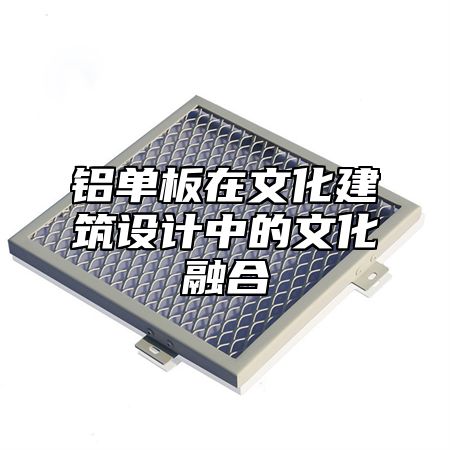
Aluminum veneer, as a new type of building material, has the advantages of lightweight, high strength, recyclability, and strong corrosion resistance. In cultural architectural design, aluminum veneer not only serves the function of architectural decoration, but also integrates with cultural elements to create a unique cultural atmosphere. The following will provide a detailed introduction to the cultural integration of aluminum veneer in cultural architectural design.
1、 Cultural integration characteristics of aluminum veneer
The cultural integration of aluminum veneer in cultural architectural design is mainly manifested in the following aspects:
1. Integration with traditional cultural elements
Aluminum veneer can be combined with traditional cultural elements through surface patterns, colors, etc., such as traditional patterns of dragons, phoenixes, lotus flowers, as well as traditional colors such as red and gold. This can give the building a strong traditional cultural atmosphere, while also reflecting the fashion sense and artistic quality of modern architecture.
2. Integration with regional culture
Aluminum veneer can be designed and produced according to the cultural characteristics of different regions, such as the white walls, black tiles, blue bricks, and black tiles of Jiangnan water towns, as well as the snow scenery, ice sculptures, and other elements of the north. By combining with regional culture, architecture can be made more distinctive and culturally rich.
3. Integration with modern culture
Aluminum veneer can also be combined with modern cultural elements, such as technological and popular elements. By combining with modern culture, architecture can be made more contemporary and modern.
2、 Application case of aluminum veneer in cultural architecture design
The following is an application case of aluminum veneer in cultural architecture design: The exterior wall of a museum uses aluminum veneer as a decorative material. The color of the aluminum veneer is white, and the surface presents a unique metallic texture after anodizing treatment. The design style of the museum is simple and elegant, emphasizing modernization and a sense of technology. In order to better reflect the cultural connotation and regional characteristics of the museum, the designer added elements such as white walls, black tiles, blue bricks, and black tiles from Jiangnan water towns, as well as water town characteristic patterns such as fish and lotus flowers on the aluminum veneer. The designer also incorporated some modern technological elements, such as LED lighting, to enhance the building's sense of the times and modernity. In the end, the aluminum veneer exterior wall of the museum complemented the overall design and became a unique cultural landscape.
3、 Conclusion
The application of aluminum veneer in cultural architectural design can not only achieve the function of architectural decoration, but also integrate with cultural elements to create a unique cultural atmosphere. When using aluminum veneer for cultural architecture design, it is necessary to choose appropriate materials and design schemes based on the actual situation, and pay attention to the combination with cultural elements to achieve the best cultural integration effect.

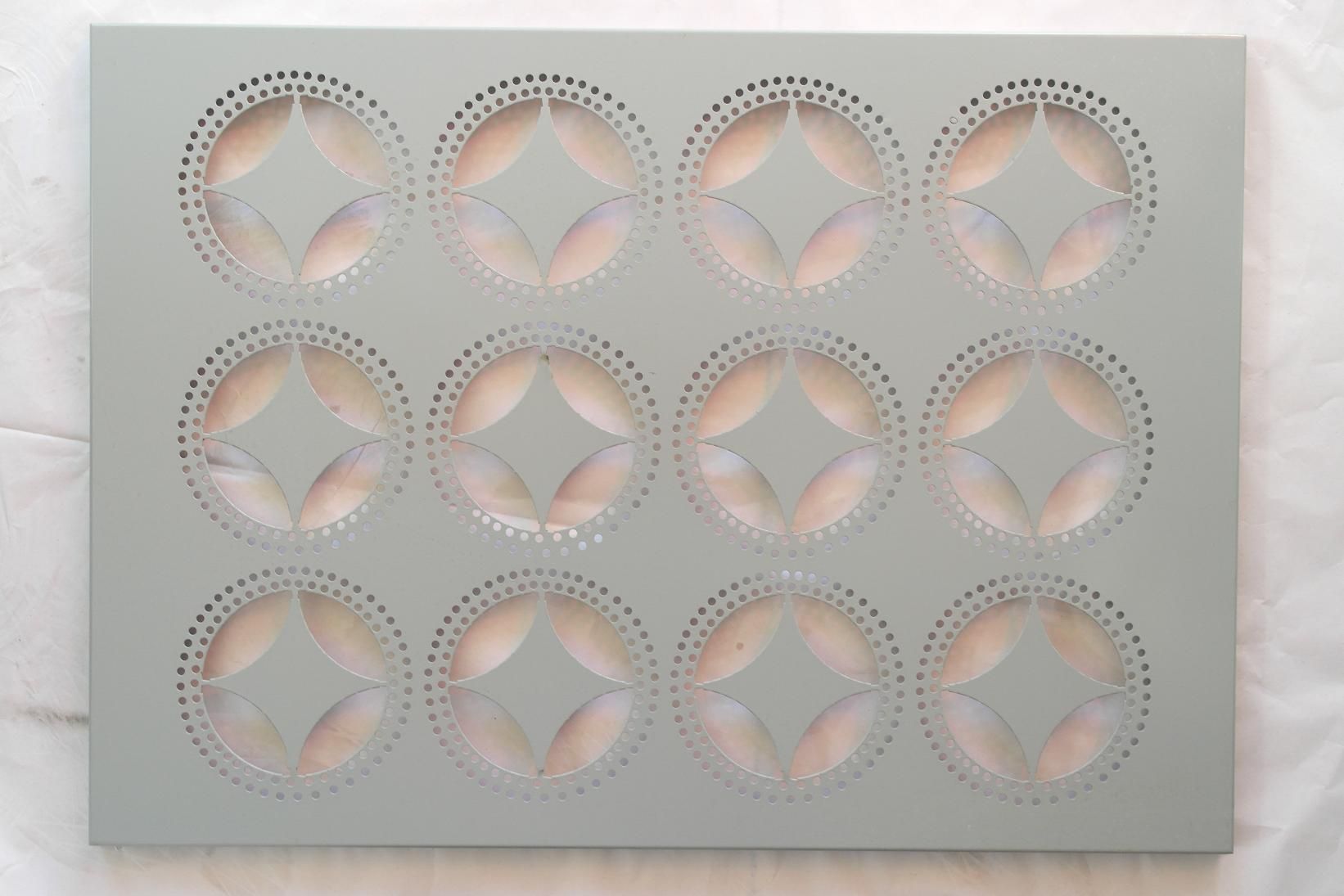
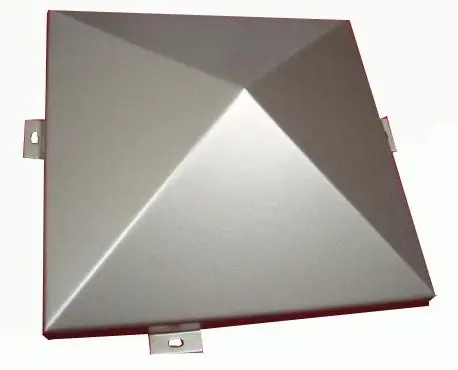
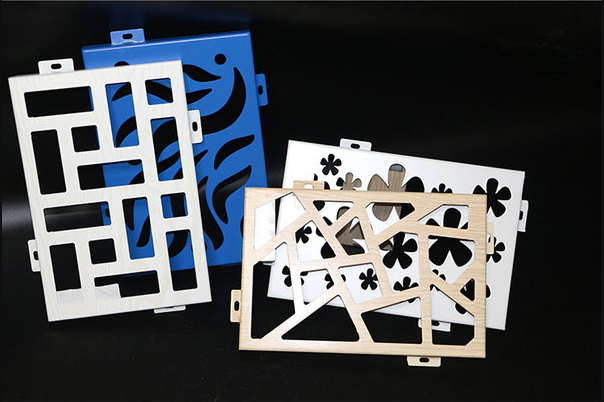
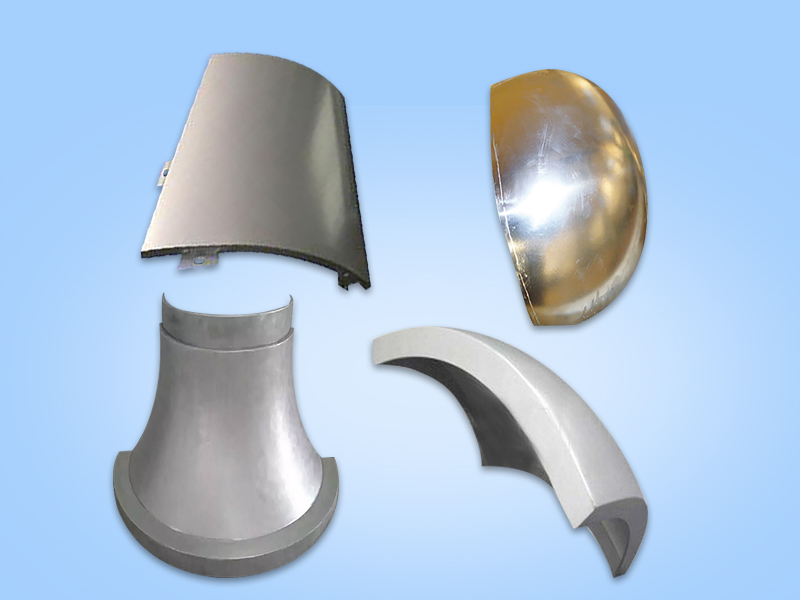
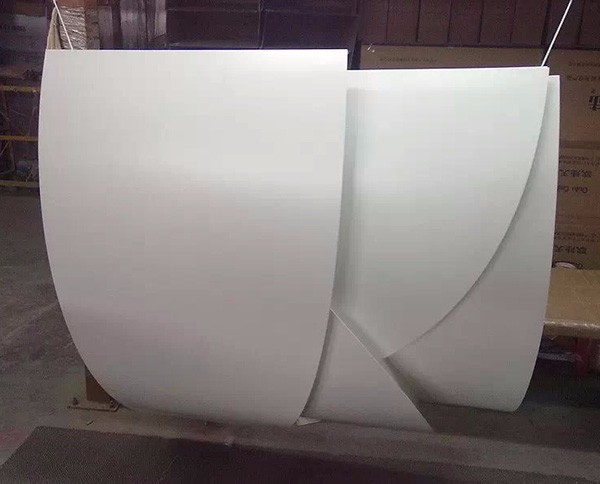
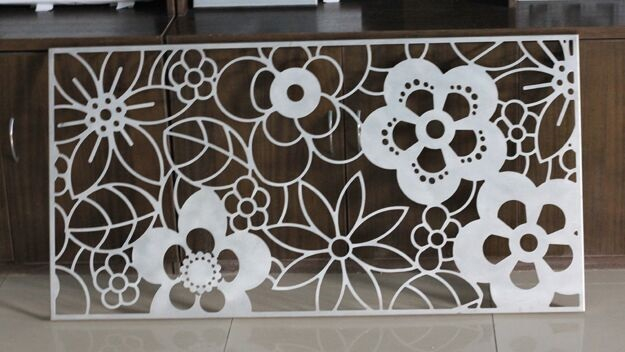
 Customer service QQ
Customer service QQ